"Einstein, stop telling God what to do."
Seventeen of the twenty nine scientists below were or became Nobel Prize winners.
"God does not play dice," Einstein once said to Niels Bohr to indicate his refusal to accept quantum probabilities. In a room full of notable scientific minds, Bohr argued: "Einstein, stop telling God what to do."
Decades later, in an interview, Stephen Hawking stated: “Not only does God play dice, but he sometimes throws them where they cannot be seen.”
This exchange between Einstein and Bohr occurred at the Fifth Solvay International Conference, in 1927. The photo below, which became widely known as “the most intelligent picture ever taken”, was snapped on that day.
Seventeen of the twenty nine scientists pictured here were or became Nobel Prize winners.
Print available
Auguste Piccard designed ships to explore the upper stratosphere and the deep seas.
Emile Henriot detected the natural radioactivity of potassium and rubidium. He made ultracentrifuges possible and pioneered the electron microscope.
Paul Ehrenfest remarked in 1909 that Special Relativity makes the rim of a spinning disk shrink but not its diameter. This contradiction with Euclidean geometry inspired Einstein’s General Relativity.
Edouard Herzen is one of only seven people who participated in the two Solvay conferences of 1911 and 1927. He played a leading role in the development of physics and chemistry during the twentieth century.
Théophile de Donder founded the thermodynamics of irreversible processes, which led his student Ilya Prigogine (1917-2006) to a Nobel prize.
Erwin Schrödinger matched observed quantum behavior with the properties of a continuous nonrelativistic wave obeying the Schrödinger Equation. In 1935, he challenged the Copenhagen Interpretation, with the famous tale of Schrödinger’s cat. He shared the nobel prize with Dirac.
Jules Emile Verschaffelt, the Flemish physicist, got his doctorate under Kamerlingh Onnes in 1899.
Wolfgang Pauli formulated the exclusion principle which explains the entire table of elements. Pauli’s sharp tongue was legendary; he once said about a bad paper: “This isn’t right; this isn’t even wrong.”
Werner Heisenberg replaced Bohr’s semi-classical orbits with a new quantum logic which became known as matrix mechanics (with the help of Born and Jordan). The relevant noncommutativity entails Heisenberg’s uncertainty principle.
Sir Ralph Howard Fowler supervised 15 FRS and three Nobel laureates. In 1923, he introduced Dirac to quantum theory.
Léon Nicolas Brillouin practically invented solid state physics (Brillouin zones) and helped develop the technology that became the computers we use today.
Peter Debye pioneered the use of dipole moments for asymmetrical molecules and extended Einstein’s theory of specific heat to low temperatures by including low-energy phonons.
Martin Hans Christian Knudsen was renowned for his work on kinetic-molecular theory and low-pressure phenomena in gases. His name is associated with the Knudsen flow, Knudsen diffusion, Knudsen number, Knudsen layer and Knudsen gases.
William Lawrence Bragg was awarded the Nobel prize for physics jointly with his father Sir William Henry Bragg for their work on the analysis of the structure of crystals using X-ray diffraction.
Hendrik Kramers was the first foreign scholar to seek out Niels Bohr. He became his assistant and helped develop what became known as Bohr’s Institute, where he worked on dispersion theory.
Paul Dirac came up with the formalism on which quantum mechanics is now based. In 1928, he discovered a relativistic wave function for the electron which predicted the existence of antimatter, before it was actually observed.
Arthur Holly Compton figured that X-rays collide with electrons as if they were relativistic particles, so their frequency shifts according to the angle of deflection (Compton scattering).
Louis de Broglie discovered that any particle has wavelike properties, with a wavelength inversely proportional to its momentum (this helps justify Schrödinger’s equation).
Max Born’s probabilistic interpretation of Schrödinger’s wave function ended determinism in physics but provided a firm ground for quantum theory.
Niels Bohr started the quantum revolution with a model where the orbital angular momentum of an electron only has discrete values. He spearheaded the Copenhagen Interpretation which holds that quantum phenomena are inherently probabilistic.
Irving Langmuir was an American chemist and physicist. His most noted publication was the famous 1919 article “The Arrangement of Electrons in Atoms and Molecules”. He was awarded the Nobel Prize in Chemistry in 1932 for his work in surface chemistry.
Max Planck was a German theoretical physicist whose discovery of energy quanta won him the Nobel Prize in Physics in 1918 and revolutionized human understanding of atomic and subatomic processes.
Marie Curie, the only female scientist at the conference, was the first woman to earn a Nobel prize and the first person to earn two. In 1898, she isolated two new elements (polonium and radium) by tracking their ionizing radiation.
Hendrik Lorentz discovered and gave a theoretical explanation of the Zeeman effect. He also derived the transformation equations subsequently used by Albert Einstein to describe space and time.
Albert Einstein developed the general theory of relativity, one of the two pillars of modern physics. He received the 1921 Nobel Prize in Physics “for his services to theoretical physics, and especially for his discovery of the law of the photoelectric effect”.
Paul Langevin was a prominent French physicist who developed Langevin dynamics and the Langevin equation. Previously a doctoral student of Pierre Curie (and later a lover of Marie Curie), he is also famous for his two US patents involving ultrasonic submarine detection.
Charles-Eugène Guye; his research focus was in the fields of electric currents, magnetism, and electrical discharges in gases.
Charles Thomson Rees Wilson was a Scottish physicist and meteorologist who won the Nobel Prize in Physics for his invention of the cloud chamber (he reproduced cloud formation in a box).
Sir Owen Willans Richardson won the Nobel Prize in Physics in 1928 for his work on thermionic emission, which led to Richardson's law. He was educated at Trinity College, Cambridge, where he gained First Class Honours in Natural Sciences.
The Solvay Conference, founded by the Belgian industrialist Ernest Solvay in 1912, was considered a turning point in the world of physics.




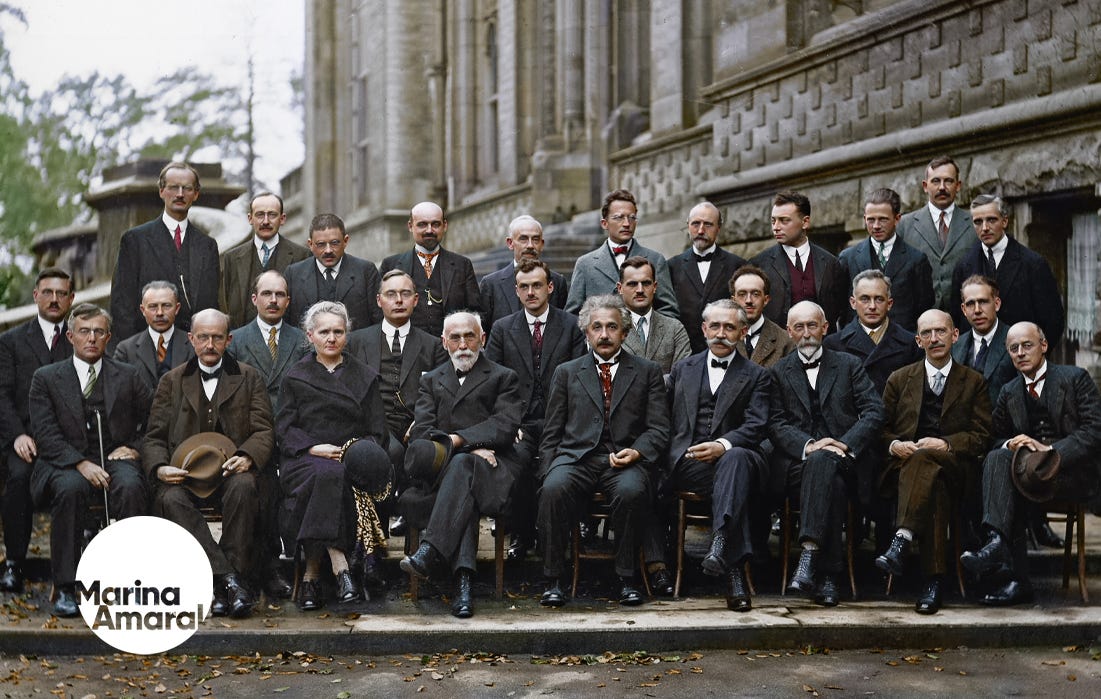
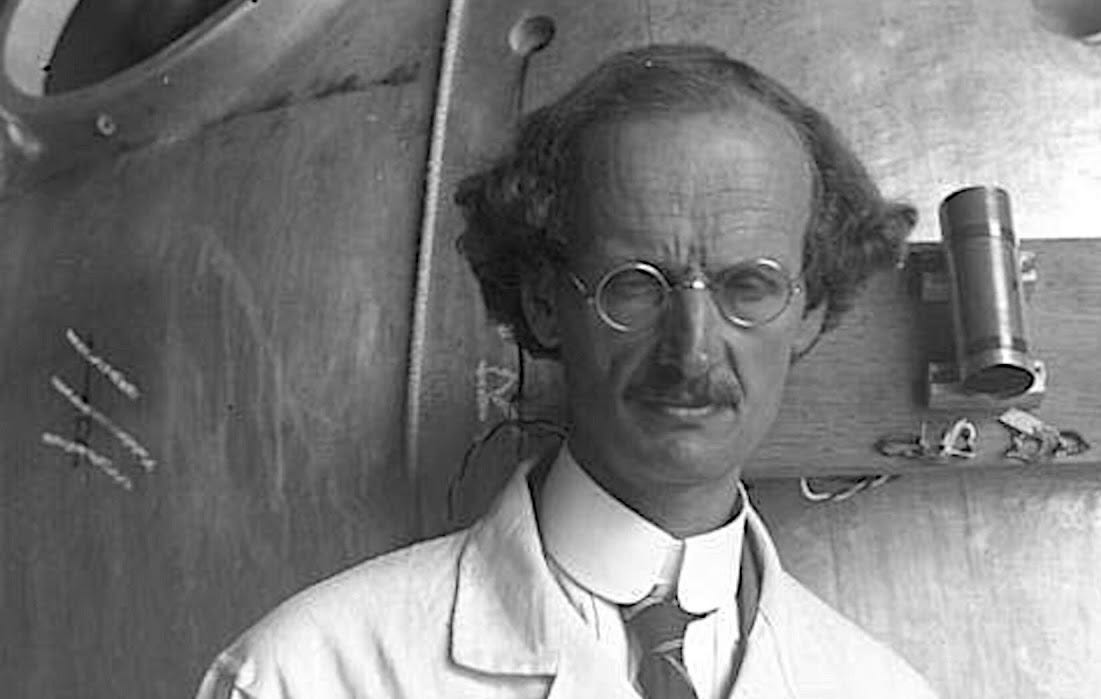
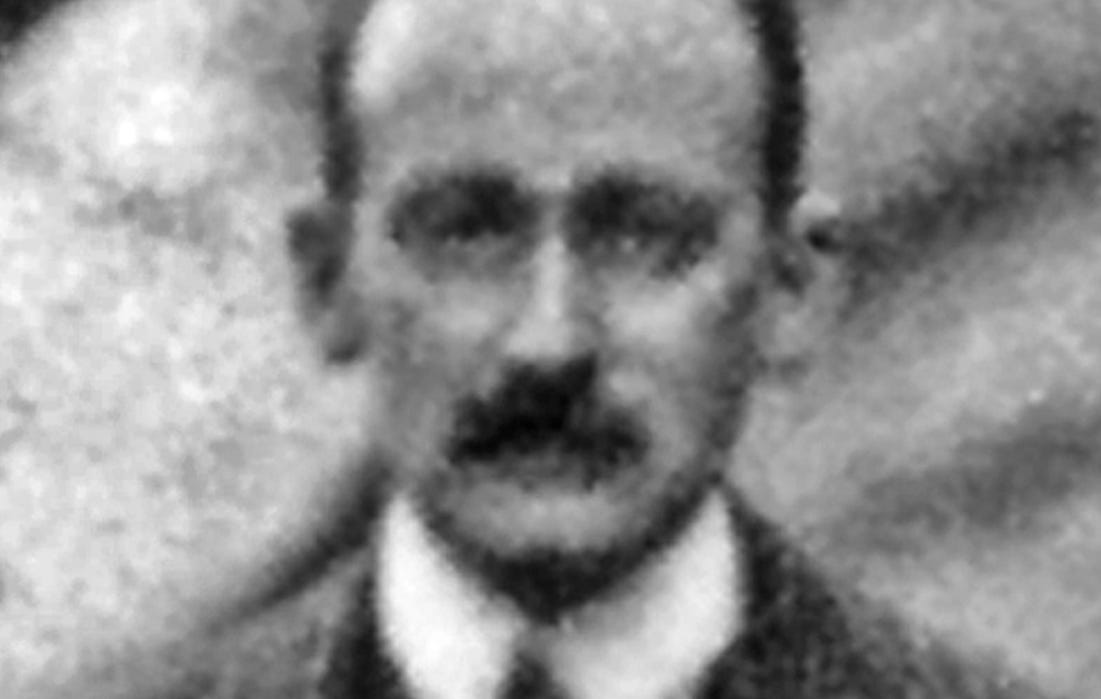


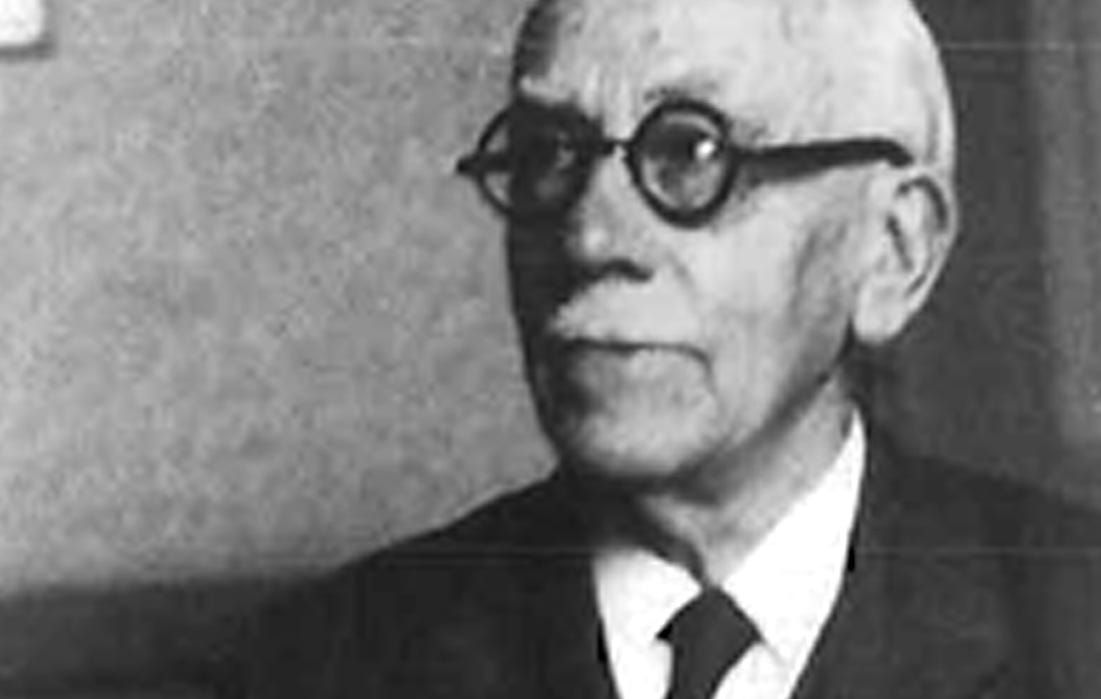
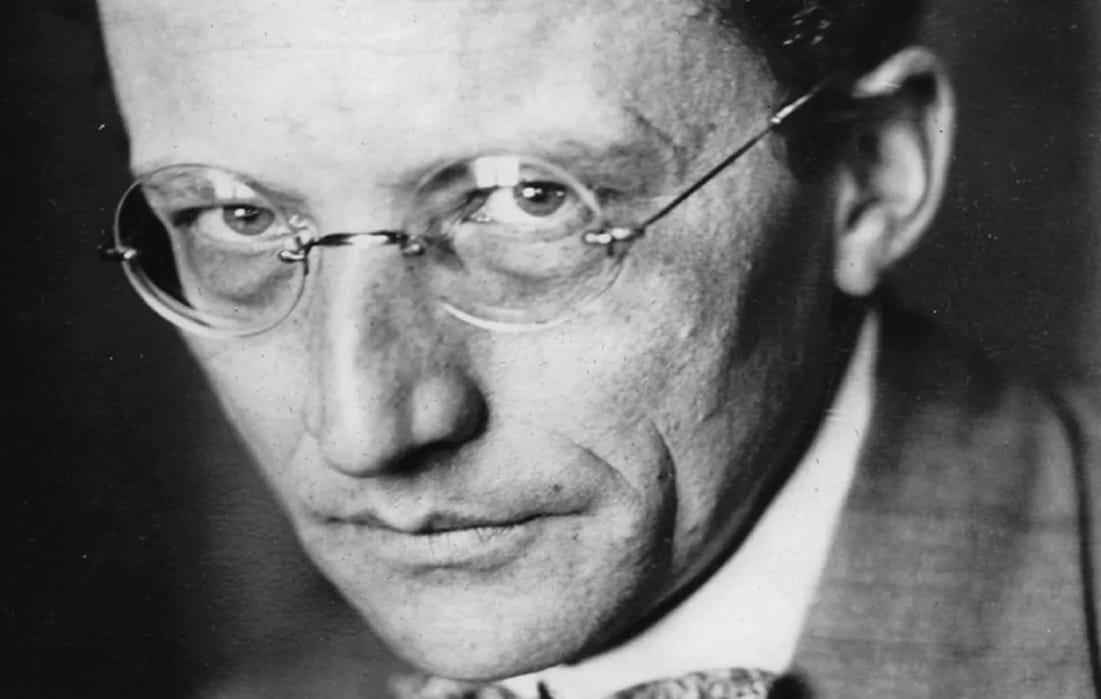

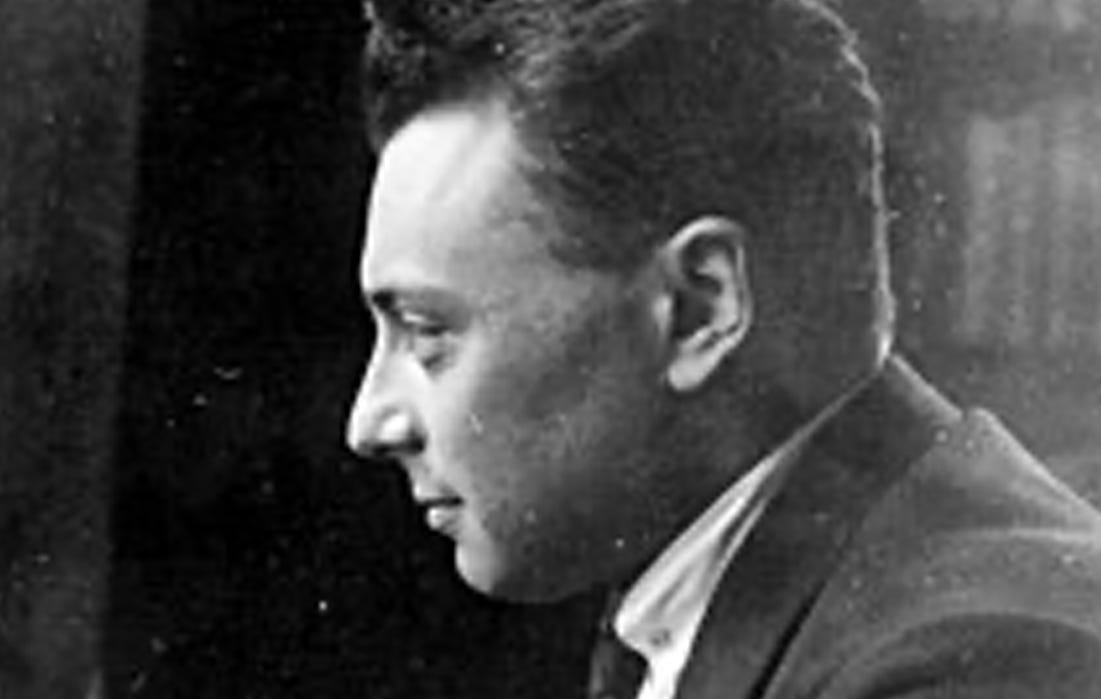


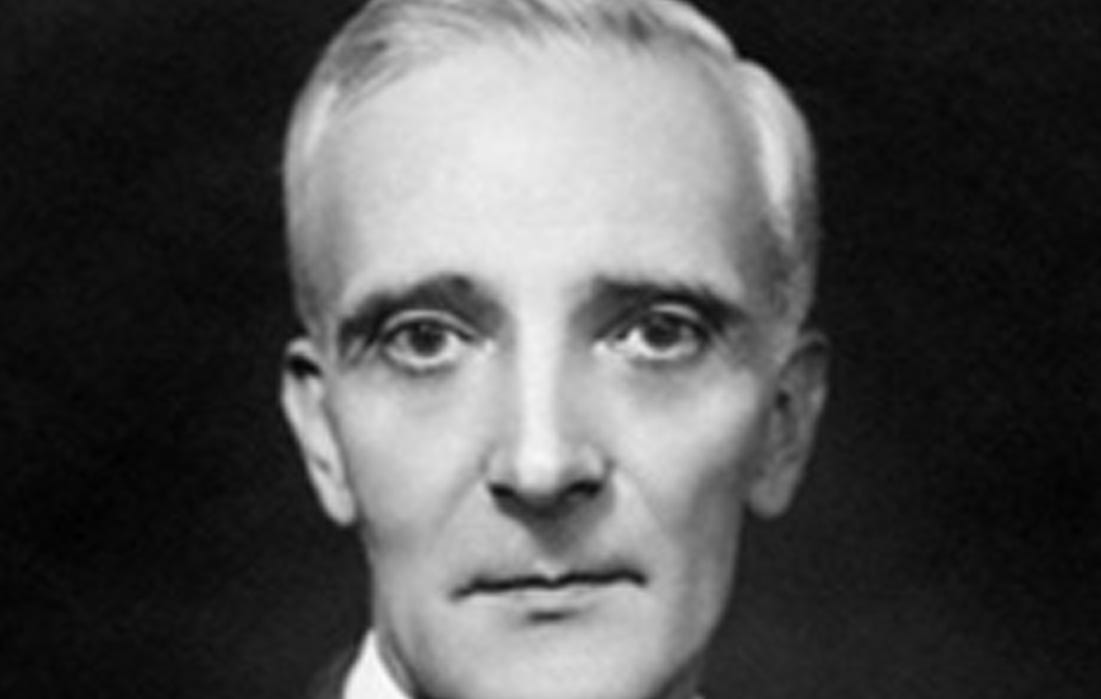

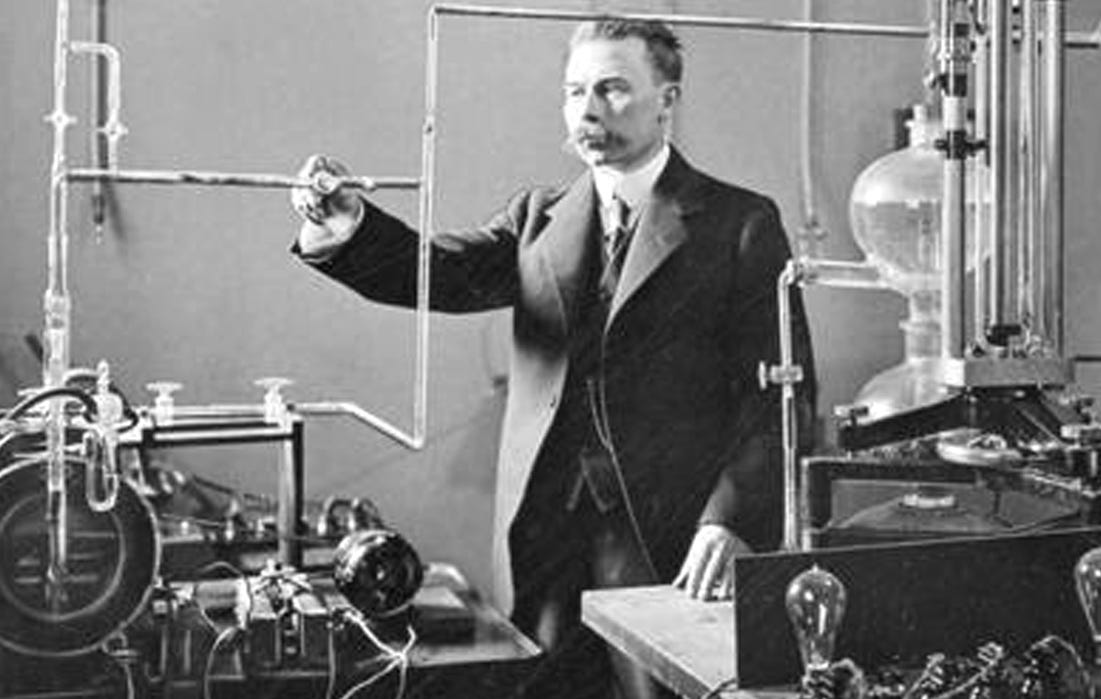
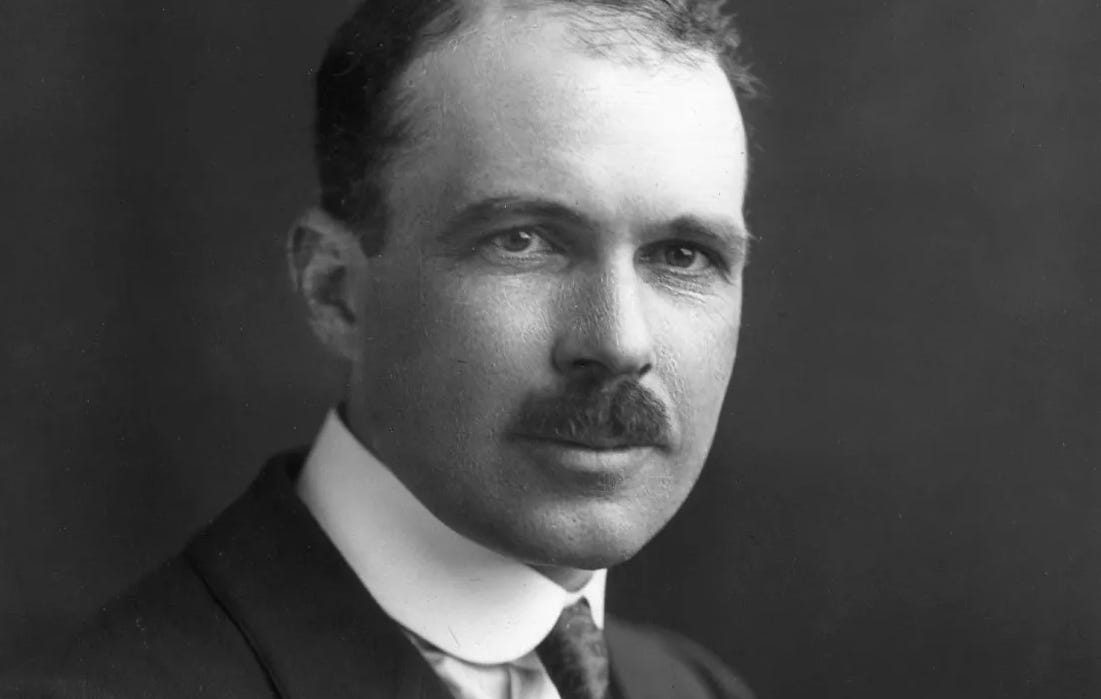
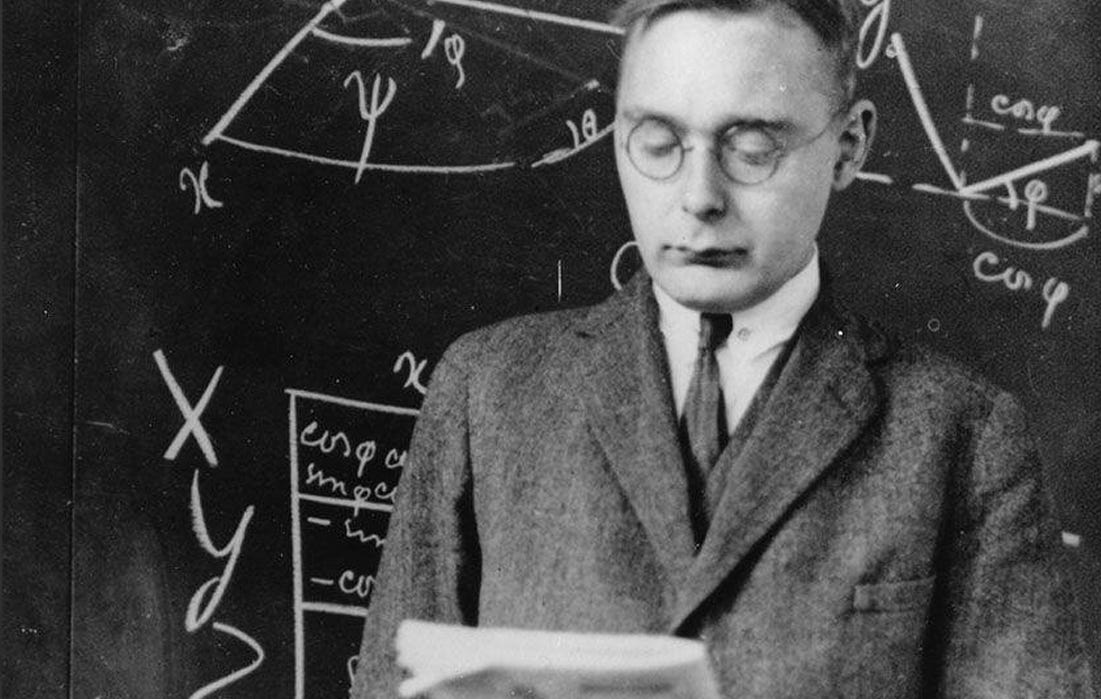
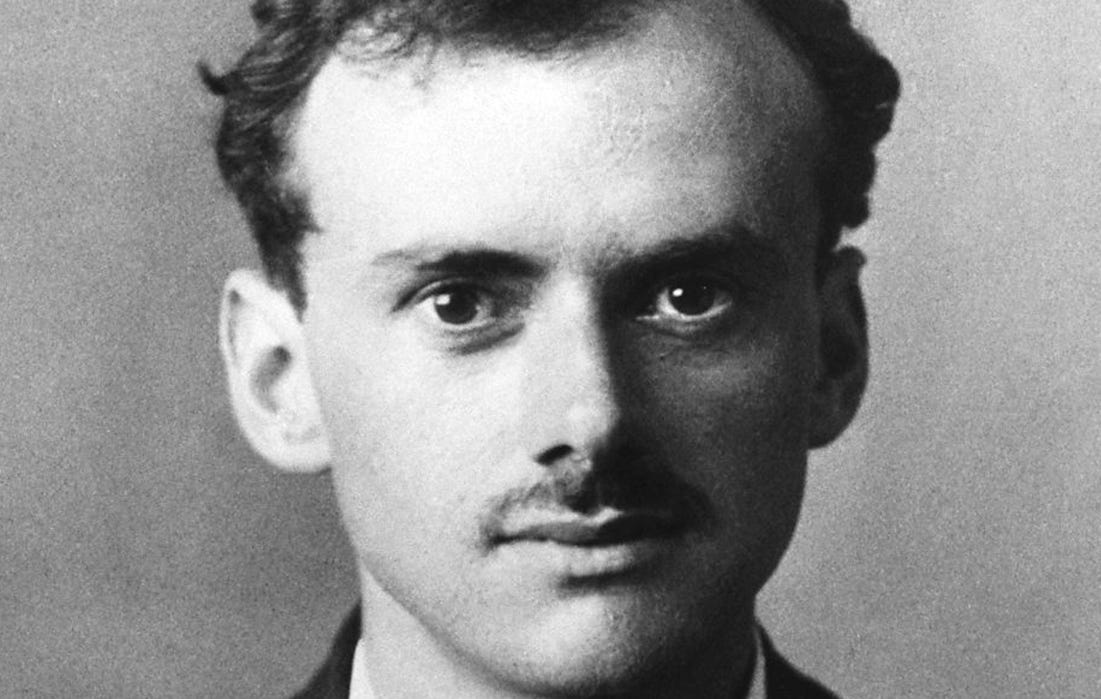

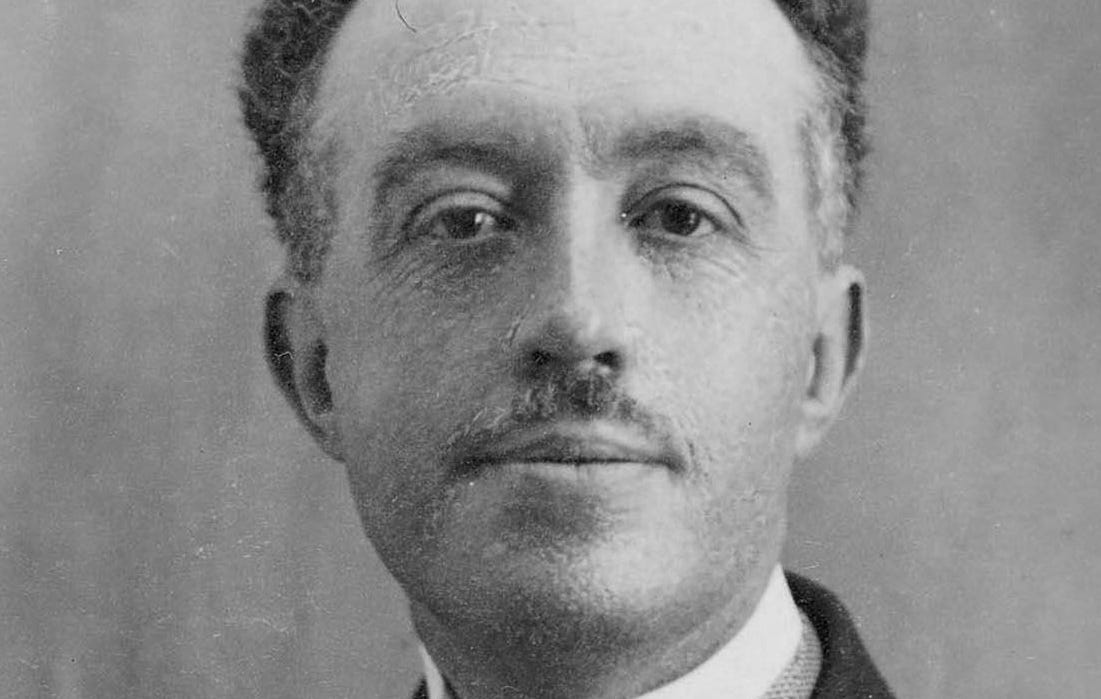




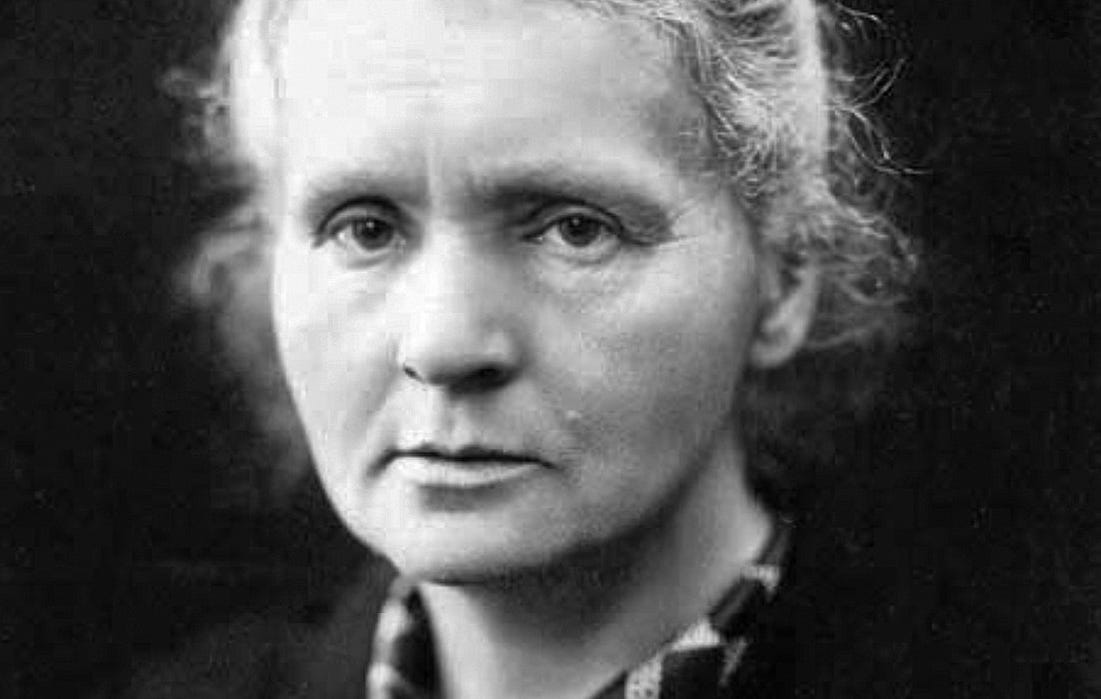
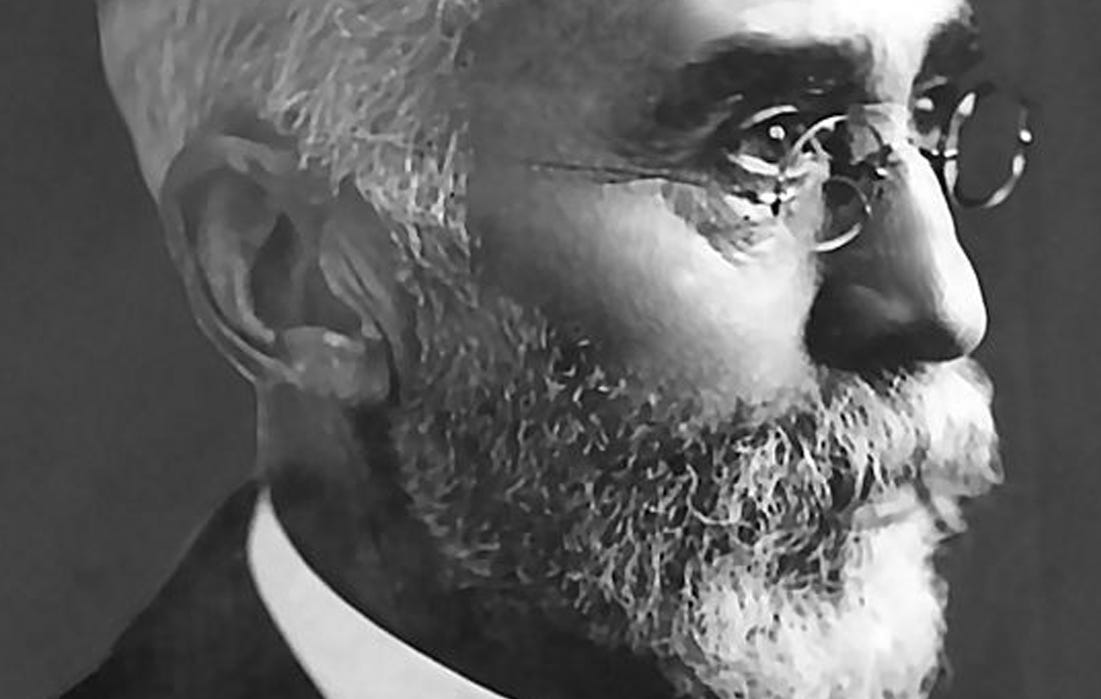
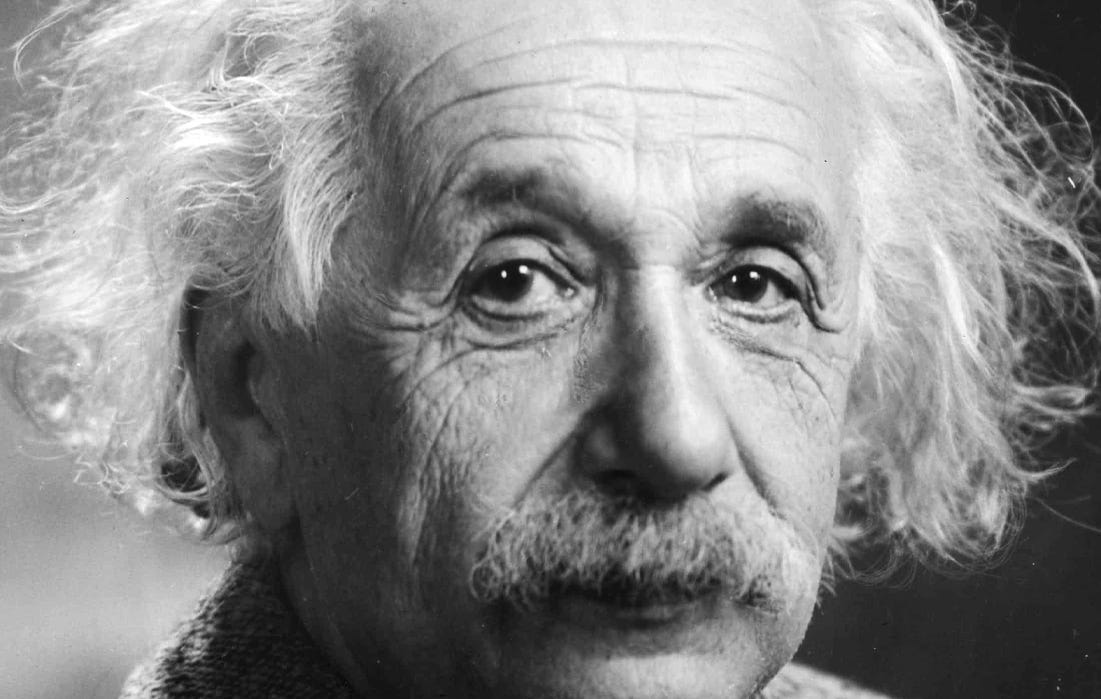





Great minds, great facial hair.